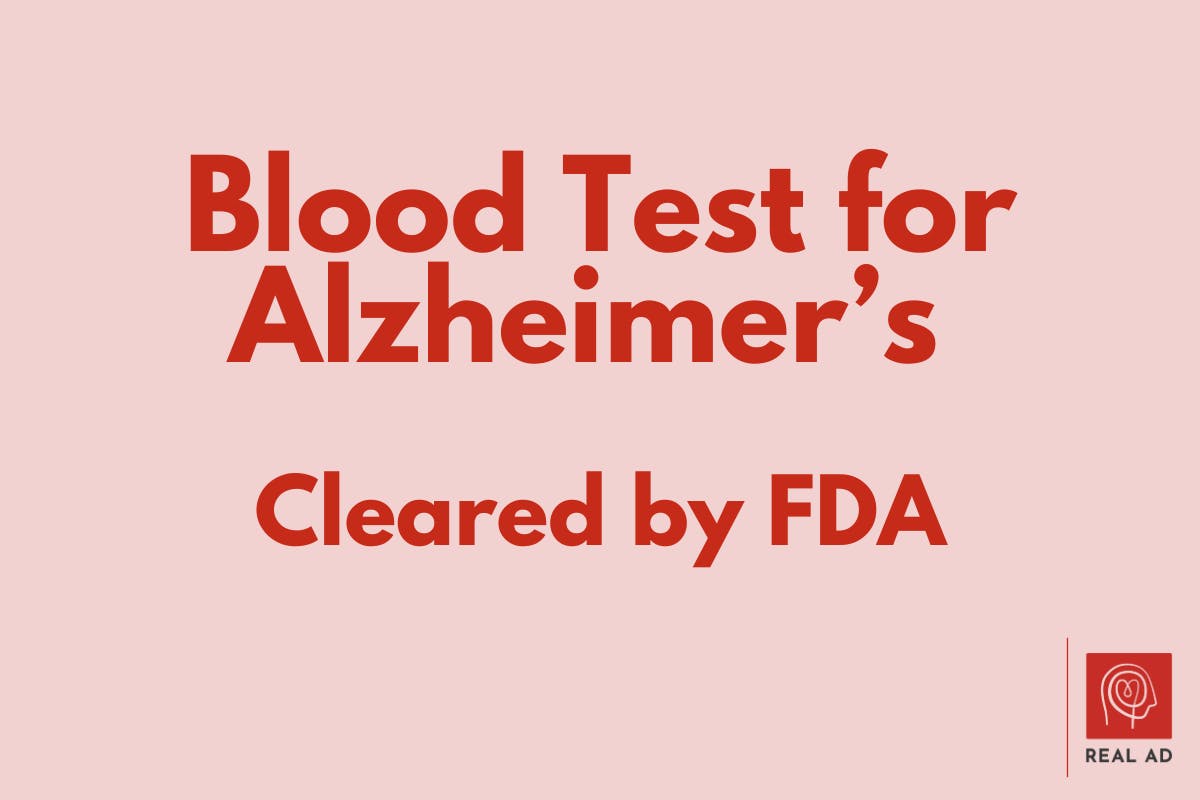FDA clears the first blood test for Alzheimer's pathology detection
May 20, 2025
Following the recent EU approval of Leqembi, May has brought another milestone in the Alzheimer field. The U.S. Food and Drug Administration (FDA) has cleared the first blood-based test to detect Alzheimer’s disease pathology.
What is this new blood test? How does it work?
The Lumipulse G pTau217/β-Amyloid 1-42 Plasma test, developed by Fujirebio, uses a standard blood draw to help detect amyloid build-up in the brain – a key hallmark of Alzheimer’s pathology.
This is the first blood test ever to receive FDA breakthrough device approval for detecting amyloid plaques. It represents a major shift: from decades of research use to a regulated clinical tool that can now support earlier and more accessible clinical decision-making. Important to note, this test does not provide a diagnosis on its own, its results must be integrated with the results of a clinical assessment to reach a diagnosis.
FDA regulatory approval rested on a multi-centre study involving 499 people with cognitive impairment. Participants received both the blood test and either an amyloid PET scan or CSF test, the two validated and clinically used tests for amyloid pathology. The test showed strong alignment with those gold standard methods: 91.7% of positive blood tests matched with amyloid-positive results, and 97.3% of negative tests matched with amyloid-negative findings. Simply put, when the test said “yes” or “no,” it was right most of the time. Only around 1 in 5 participants fell into an indeterminate or so-called grey zone, where the results are inconclusive, however, newer studies suggest this number can be reduced further by using a method known as dual cut-offs approach.
What does it mean for clinical practice?
This test is not a replacement for existing diagnostics. Rather, it serves as a triage tool to guide decisions on whether more invasive and costly procedures like PET and CSF are necessary. It could be especially useful in primary care and in areas with limited access to PET imaging or where lumbar puncture is not possible.
Additionally, it may also support the timely identification of candidates for anti-amyloid treatments like the recently approved Leqembi (lecanemab), which are only suitable for people in the early stages of the disease.
That said, the test is not approved for use in people without symptoms and is not suitable for general population screening, because false positives or negatives, although infrequent, can still mislead.
Who can receive it – and where?
The test is currently cleared only in the U.S., with use limited to individuals aged 55 or older who already show signs of cognitive decline. It is not yet available in Europe, as the European Medicines Agency (EMA) will need to conduct its own assessment of the evidence.
Why REAL AD is more relevant than ever
For the REAL AD study, these developments are pivotal. This new FDA decision directly supports the scientific and clinical premise of REAL AD: that Alzheimer’s pathology markers can reliably be measured with a simple blood draw.
It marks a turning point in the field, reinforcing that blood-based tests have crossed from research tools to validated clinical aids. As these tests become available in more healthcare settings, it becomes essential to understand how they perform outside of specialist clinics and how they can be combined with other tools to support early diagnosis at scale.
That is precisely the ambition of REAL AD. We are generating evidence on how these technologies work in real-world settings. As health systems prepare to roll out disease-modifying therapies, our work will help show whether accessible blood testing and digital assessments can be used to reach the right people at the right time.
Further reading
- Read the FDA statement: https://www.fda.gov/news-events/press-announcements/fda-clears-first-blood-test-used-diagnosing-alzheimers-disease
- Read the Alzheimer’s Association statement: https://www.alz.org/news/2025/fda-clears-blood-test-alzheimers-diagnosis